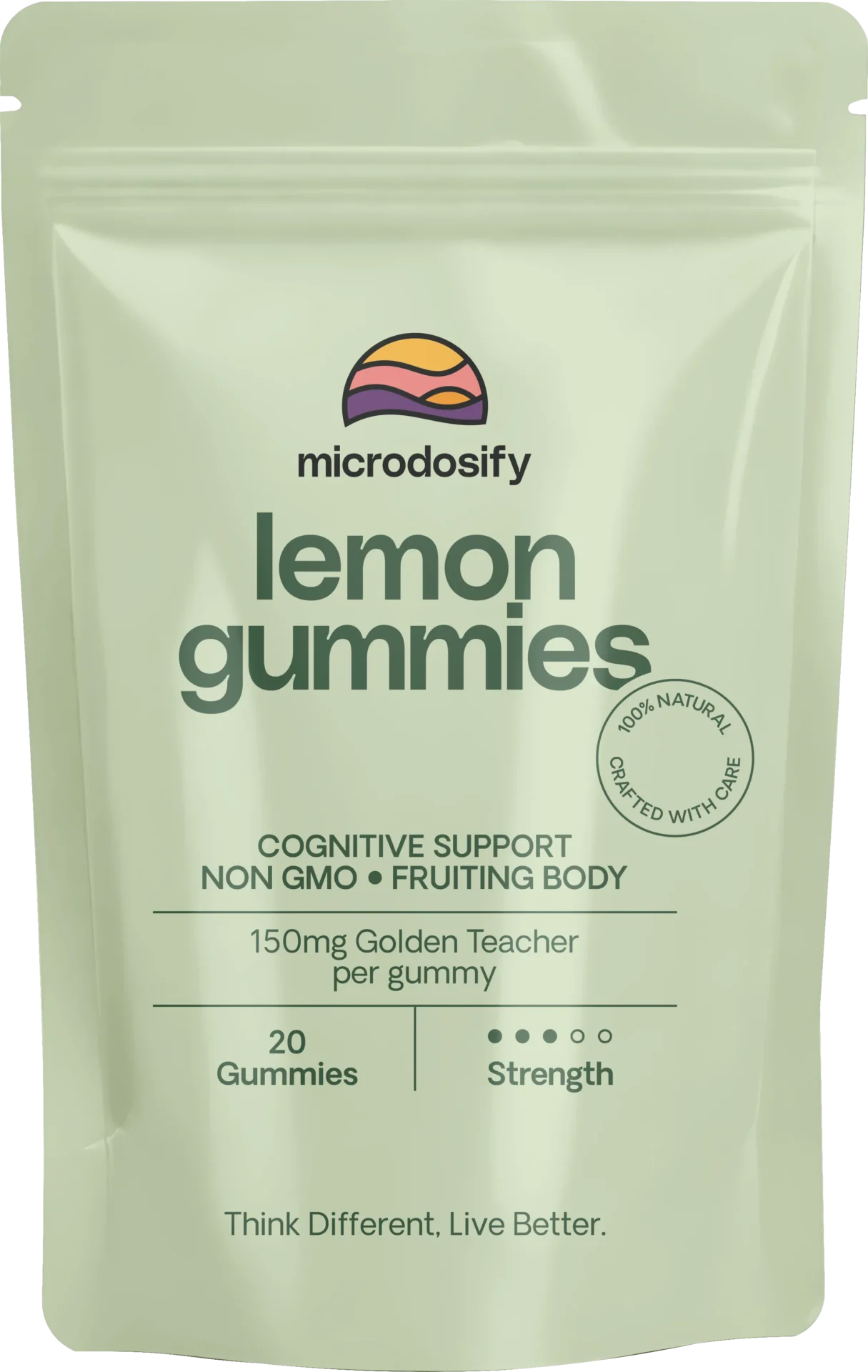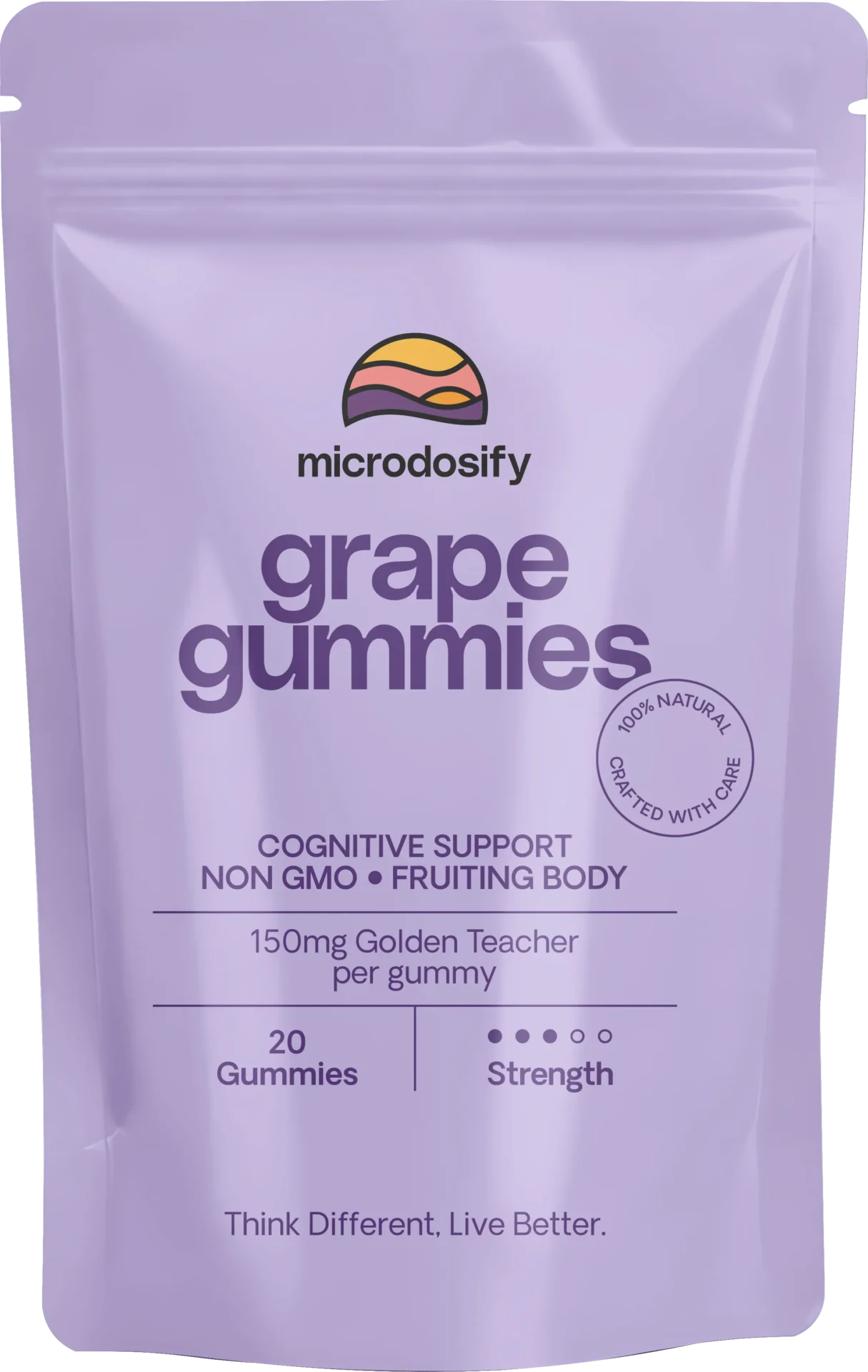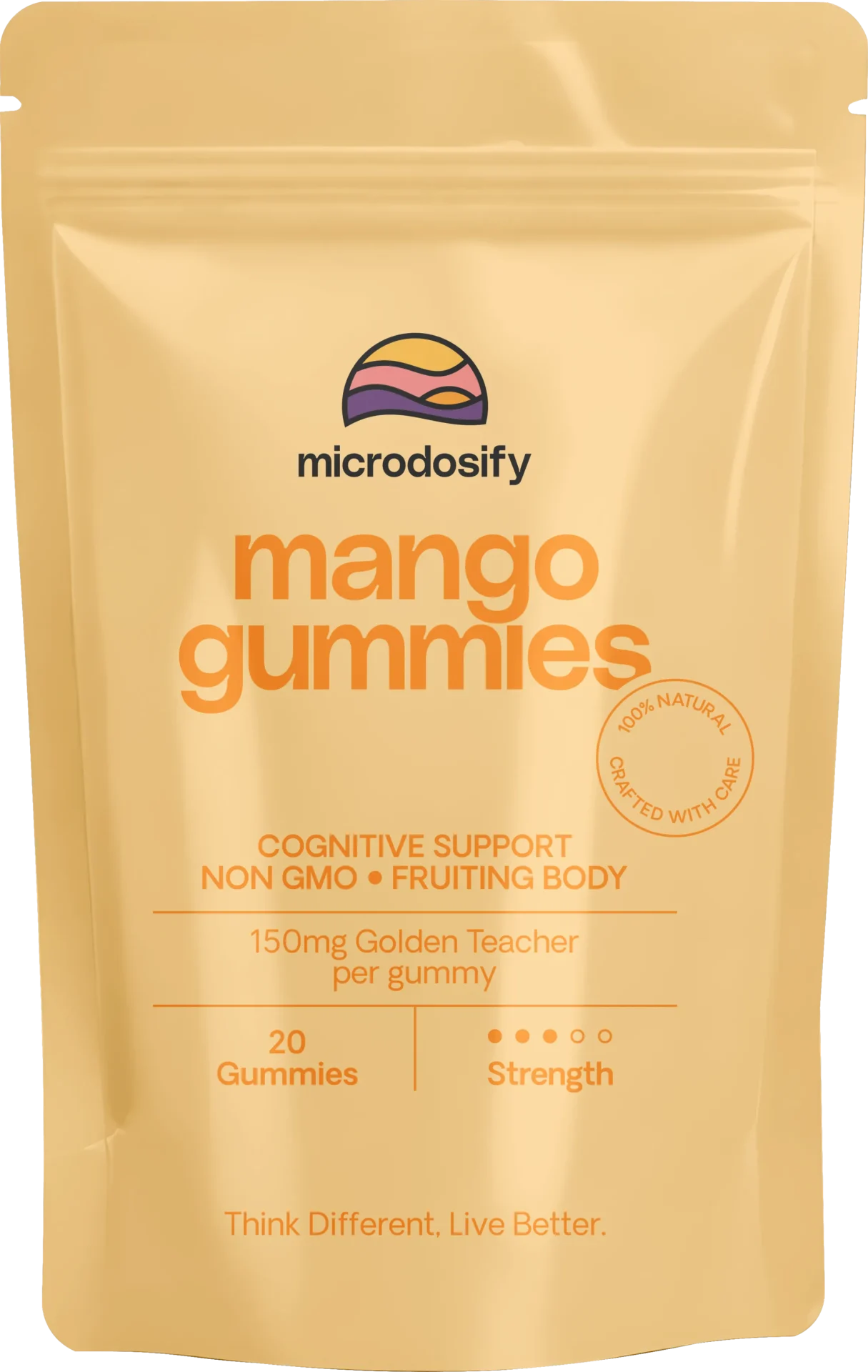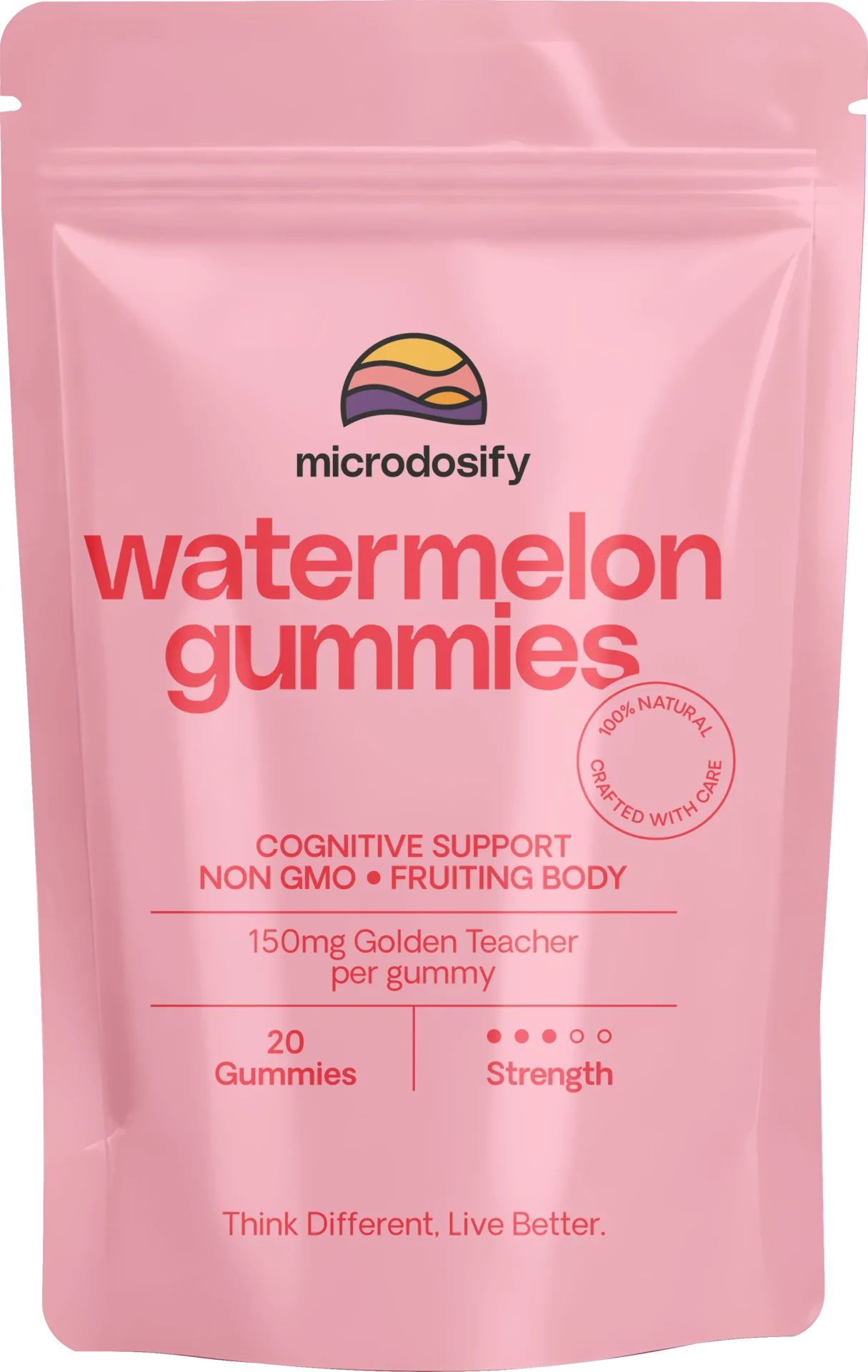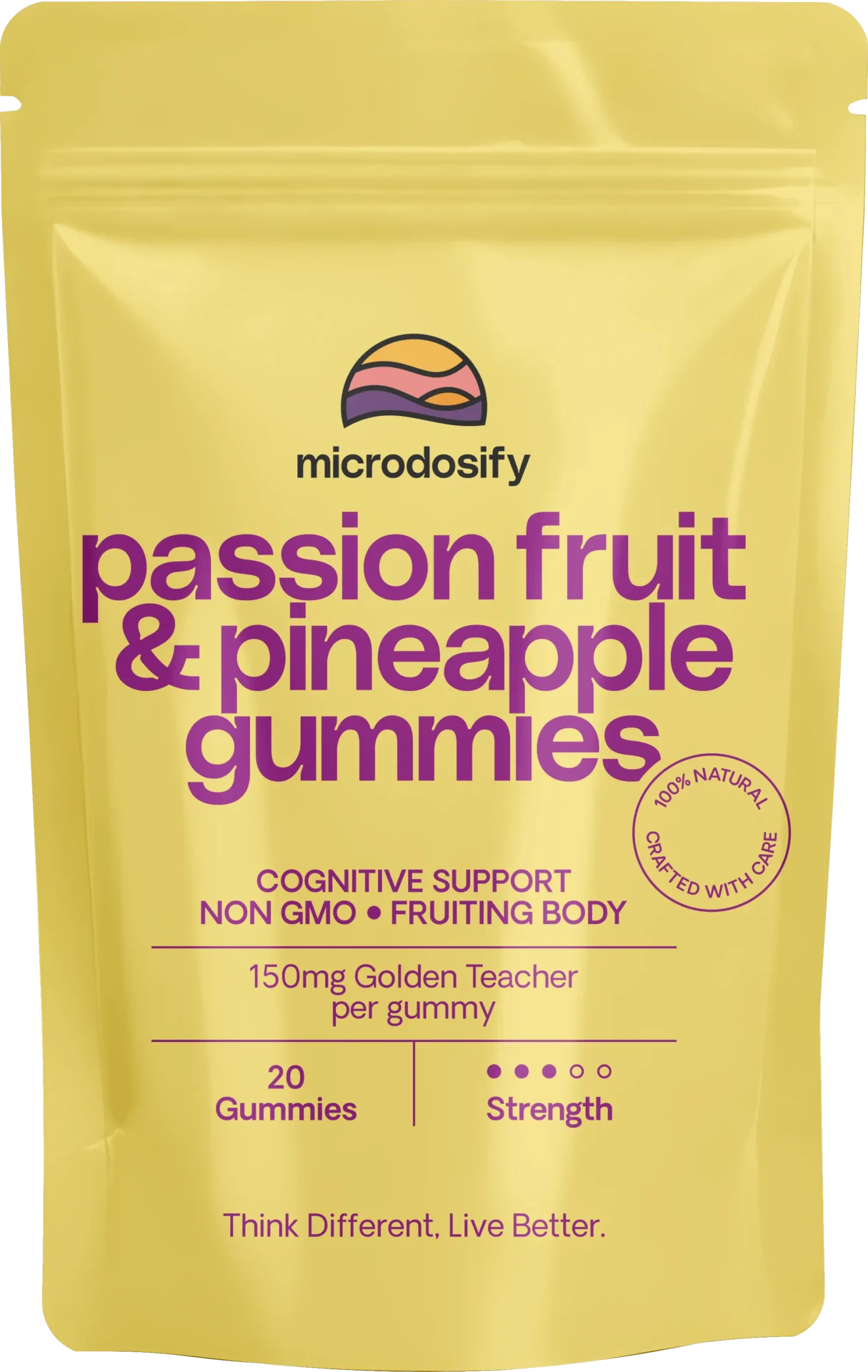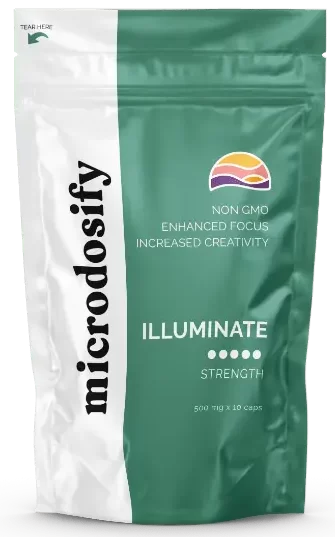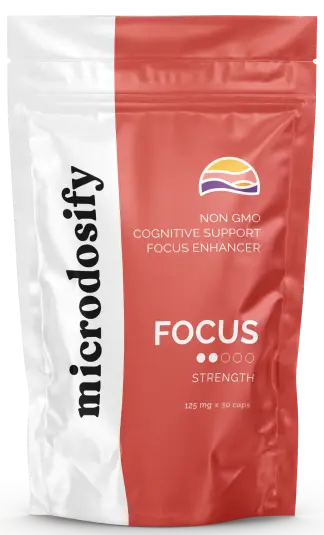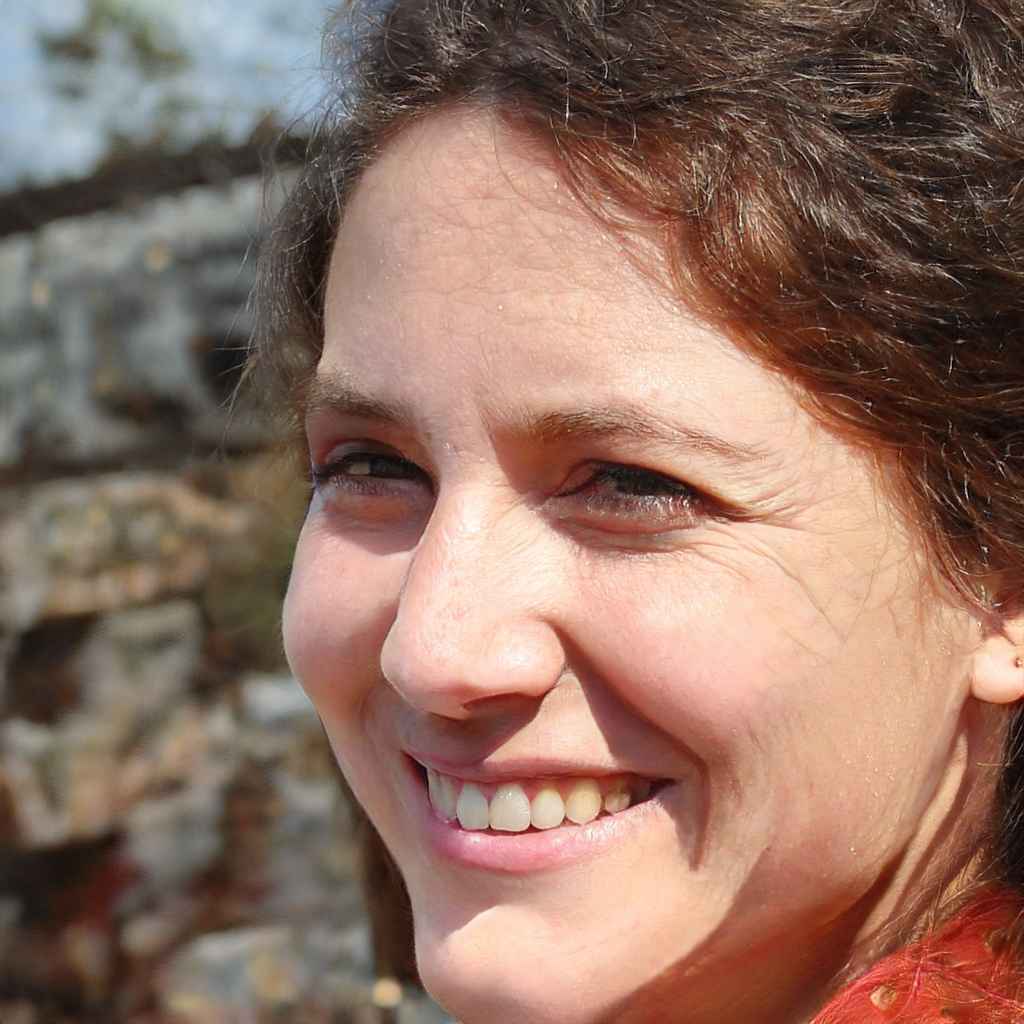Emotional memory plays a big role in mental health. The brain holds onto past experiences, especially strong emotions like fear, joy, or sadness. These memories shape how people react to situations, process emotions, and handle stress.
For some, emotional memories help with learning and growth. But for others, especially those with trauma or anxiety disorders, certain memories can cause distress. Negative experiences get replayed in the mind, making it harder to move forward. This is where magic mushrooms trauma therapy is getting attention.
Researchers are now looking at psilocybin to see if it can help people process emotional memories in a new way. Some studies suggest it might help reduce fear responses, reframe past experiences, and improve emotional healing.
Understanding this connection is key to exploring how psilocybin could be used in therapy. Let’s break it down.
How Psilocybin Works in the Brain?
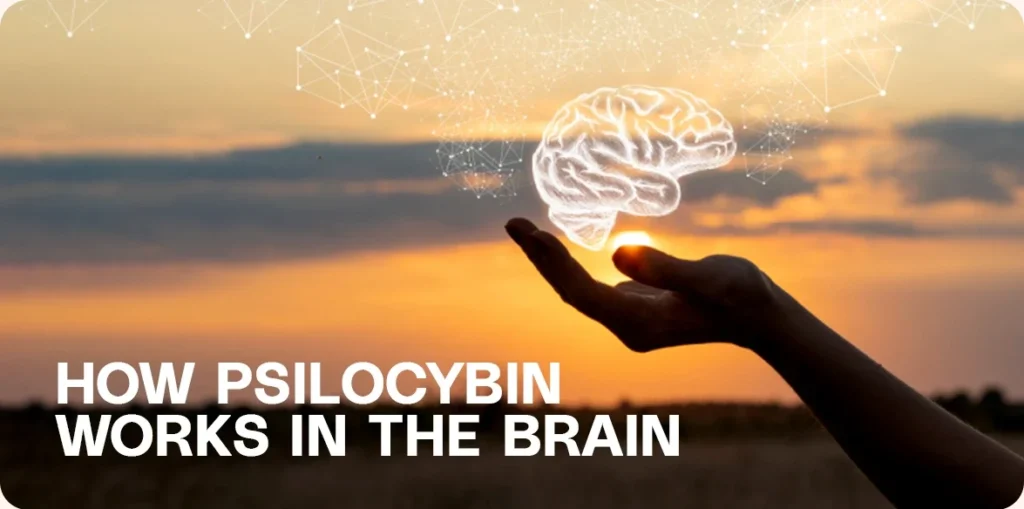
Psilocybin affects the brain by interacting with serotonin receptors, which play a key role in mood, memory, and emotional processing. When psilocybin enters the body, it is converted into psilocin, which binds to 5-HT2A receptors—the same receptors linked to mood regulation and thought patterns.
How Does Psilocybin Interact with Serotonin and Memory Pathways?
- Boosts Neuroplasticity
Psilocybin promotes neuroplasticity, which helps the brain form new connections. This can make it easier for people to reprocess emotional memories more healthily. - Reduces Fear Response
Psilocybin also helps with fear extinction by weakening the brain’s automatic fear response. This could make it easier for people with PTSD or anxiety to let go of trauma-linked emotional memories. - Enhances Emotional Processing
Psilocybin increases activity in the amygdala (which processes emotions) and the prefrontal cortex (which regulates thoughts and reactions). This combination may help users gain new perspectives on past experiences, reducing distress tied to negative memories.
By interacting with serotonin and memory pathways, psilocybin emotional memory research shows potential for deep emotional healing. Scientists are now studying how this could be used in therapy to help people process trauma in a way that feels less overwhelming and more transformative.
Research on Psilocybin and Memory
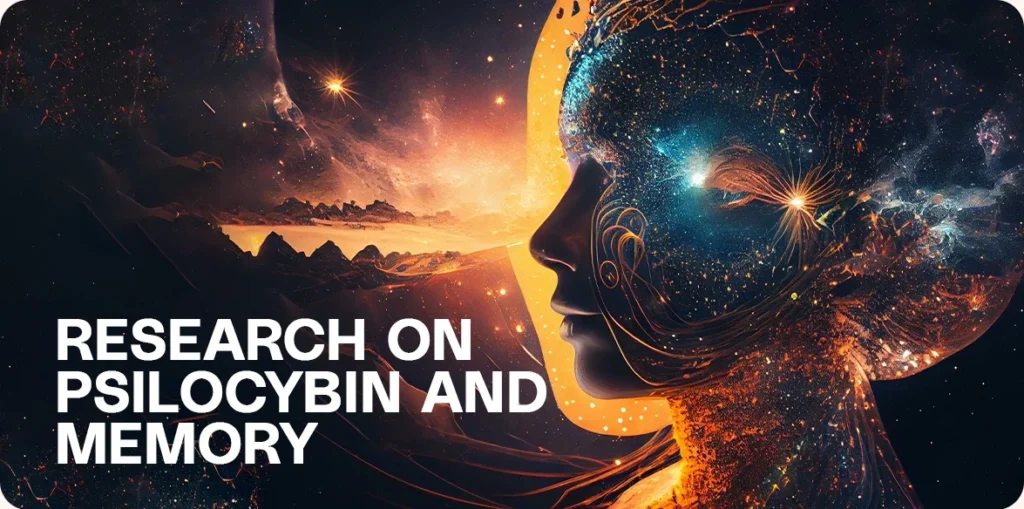
Scientists are exploring how psilocybin affects trauma, PTSD, and emotional regulation, and early findings are promising. Research suggests psilocybin may help people process emotional memories in a healthier way, allowing them to reframe past experiences without being overwhelmed by fear or distress.
What Do Studies Reveal About Psilocybin’s Effects on Trauma and PTSD?
- Johns Hopkins University (2020): A study found that psilocybin can reduce emotional distress tied to traumatic memories. Participants reported feeling more open, less fearful, and better able to process difficult emotions after a guided psilocybin session.
- Nature Medicine (2021): A clinical trial on PTSD patients found that psilocybin-assisted therapy helped people reprocess traumatic experiences without the usual emotional weight. Participants felt more detached from negative emotions and were able to reflect on their trauma with greater clarity.
- Imperial College London (2018): Research showed that psilocybin reduces activity in the amygdala, the part of the brain responsible for fear responses. This may explain why people feel less emotionally triggered when recalling painful memories.
- NYU Langone (2016): A study on cancer patients experiencing anxiety and depression found that psilocybin helped them reframe their perspective on distressing thoughts and emotions, leading to long-term improvements in emotional well-being.
These studies suggest that psilocybin doesn’t just dull emotional memories—it helps people engage with them differently. Instead of being trapped in cycles of fear and trauma, users report feeling more detached from distressing emotions, making it easier to process and heal.
For a deeper dive into how psilocybin is being studied for PTSD treatment, check out psilocybin for PTSD.
What Are Some Practical Applications?

While research is promising, the way psilocybin is used makes a huge difference in how effective it is for emotional healing. Psilocybin alone isn’t a cure—it’s a tool that works best when combined with therapy, mindfulness, and intentional reflection.
How Can Psilocybin Be Used in Therapy to Process Emotional Memories?
- Guided Sessions with a Therapist
Psilocybin is being used in clinical settings to help patients safely explore difficult emotions. A trained therapist helps guide the experience, ensuring that memories are processed in a way that leads to healing rather than retraumatization. - Journaling and Reflection
Writing down thoughts and emotions before, during, and after a psilocybin session helps capture insights and emotional shifts. Many people find that their memories take on new meaning, and journaling helps make sense of the changes. - Mindfulness and Breathwork
Techniques like deep breathing, meditation, and grounding exercises can help manage intense emotions during a psilocybin experience. This is especially useful for those revisiting painful memories, as it helps them stay centered rather than getting overwhelmed. - Integration Therapy
The most important part of using psilocybin for emotional healing happens after the trip is over. Integration therapy helps people process what they experienced, apply insights to their daily lives, and reframe emotional patterns in a lasting way. - Microdosing for Long-Term Emotional Regulation
While full-dose psilocybin sessions are often used for deep emotional work, microdosing is being explored as a way to support ongoing emotional regulation and neuroplasticity. Some users report that small, regular doses help them feel less reactive to negative emotions over time.
The key to using psilocybin for emotional healing is intention, preparation, and integration. Taking the time to process experiences, whether through therapy, self-reflection, or integration practices, ensures that the benefits go beyond just the trip itself.
For more guidance on how to integrate psychedelic experiences into daily life, check out psychedelic integration.
Conclusion
Psilocybin has the potential to help people heal from emotional trauma. Studies show it can reduce fear responses, change how memories are processed, and help people detach from negative emotions. Instead of blocking feelings, it allows people to face and reframe them in a healthier way.
For those dealing with PTSD, anxiety, or past trauma, psilocybin may offer a new path to healing—especially when used with therapy and integration practices. It doesn’t erase bad memories, but it can change how the brain reacts to them, making it easier to move forward.
More research is needed, but what we know so far is promising. With the right support and mindset, psilocybin could become a powerful tool for emotional healing and personal growth.



